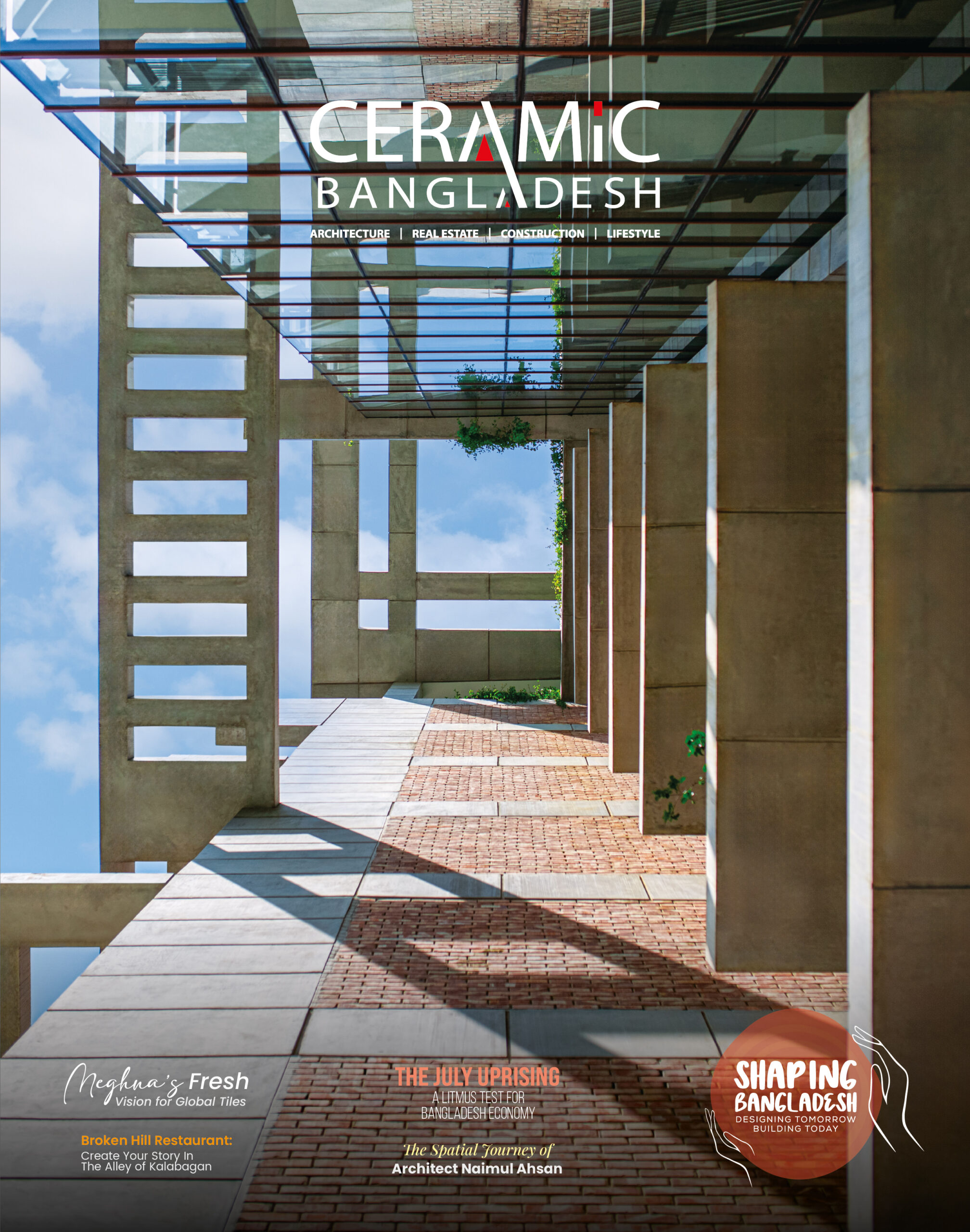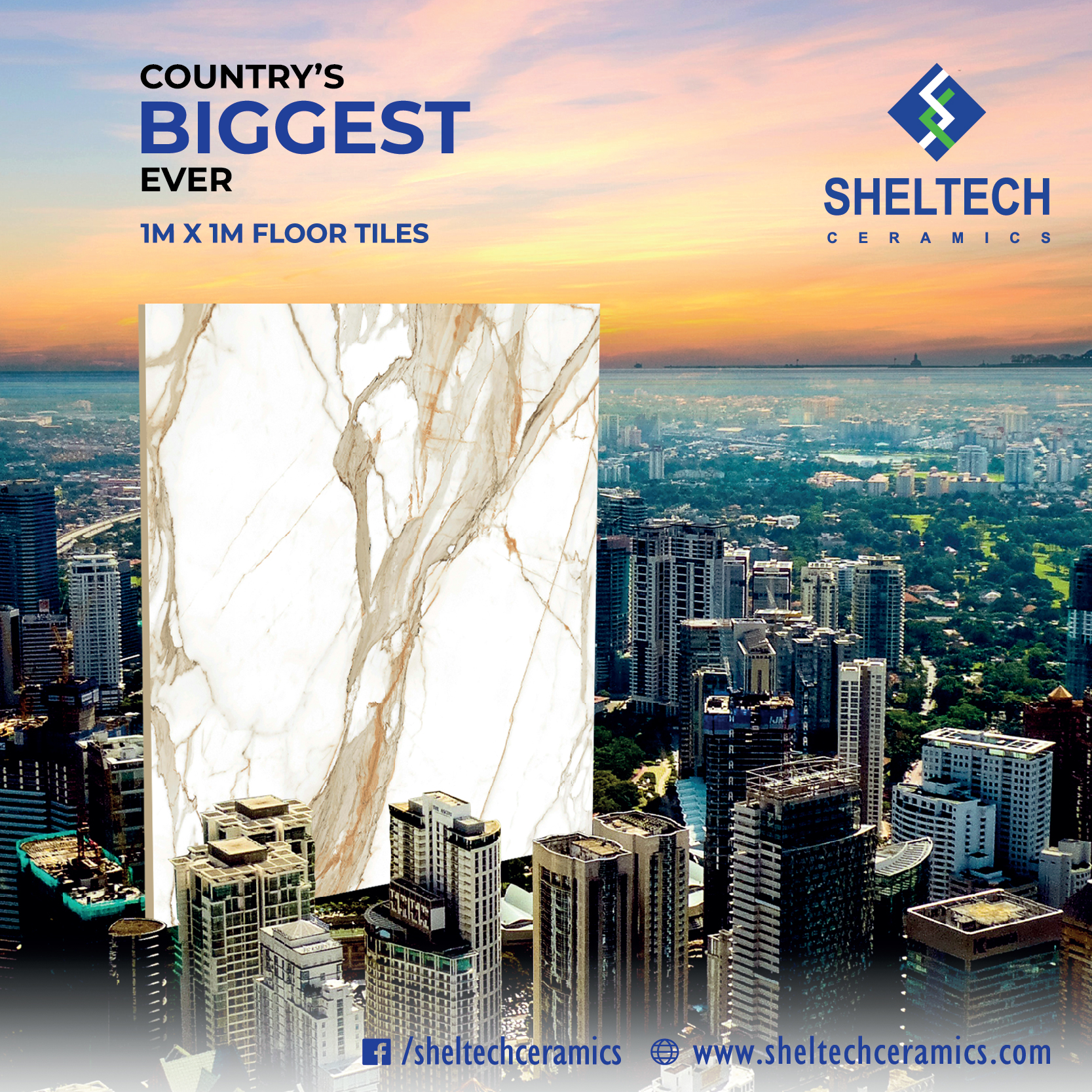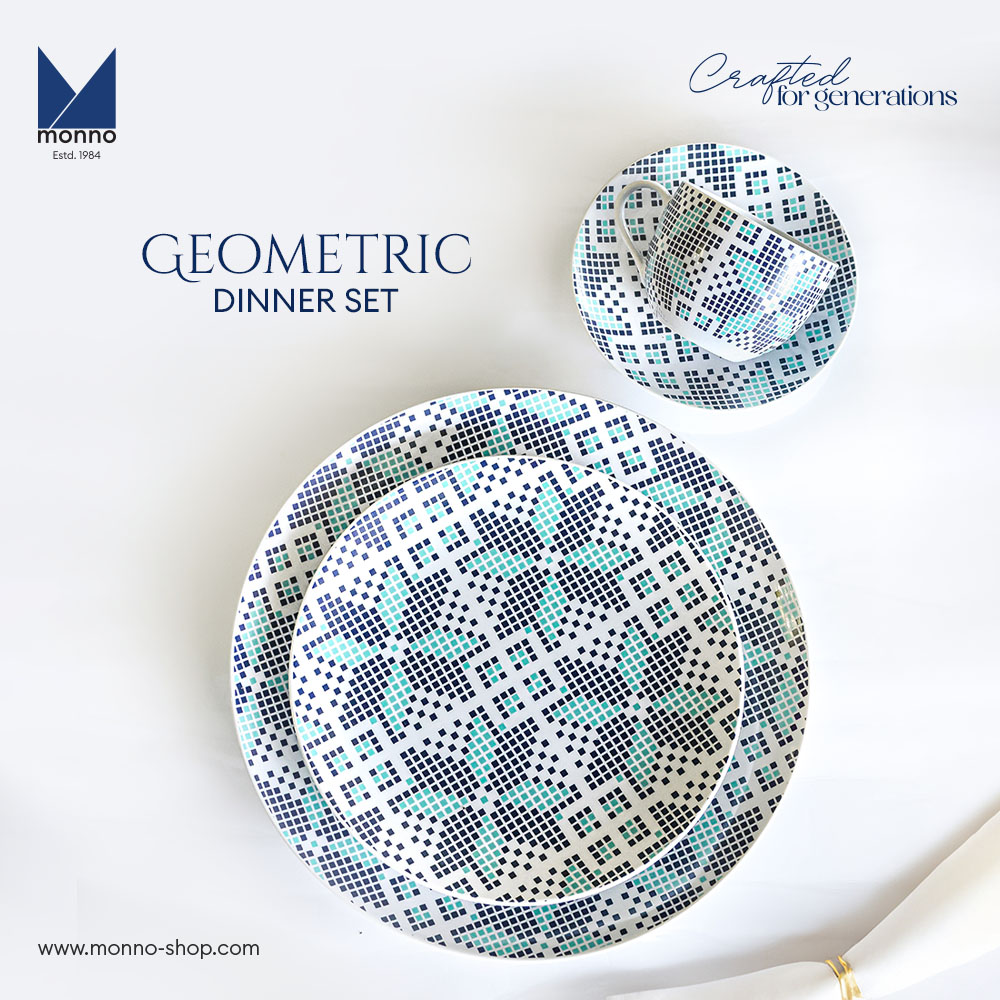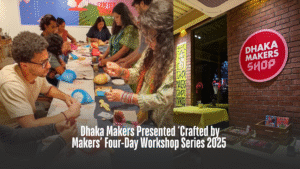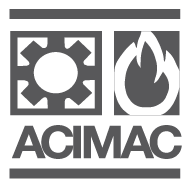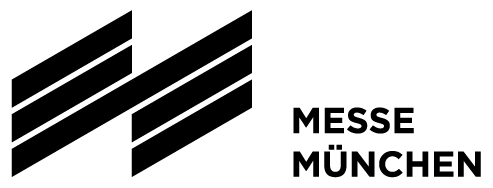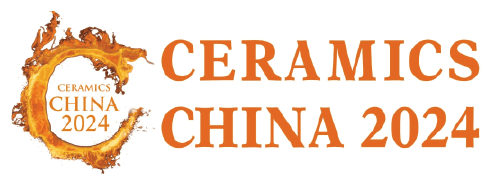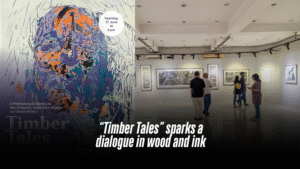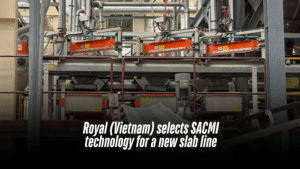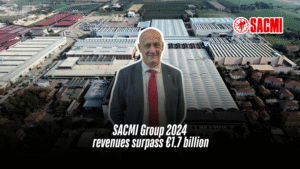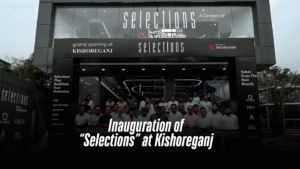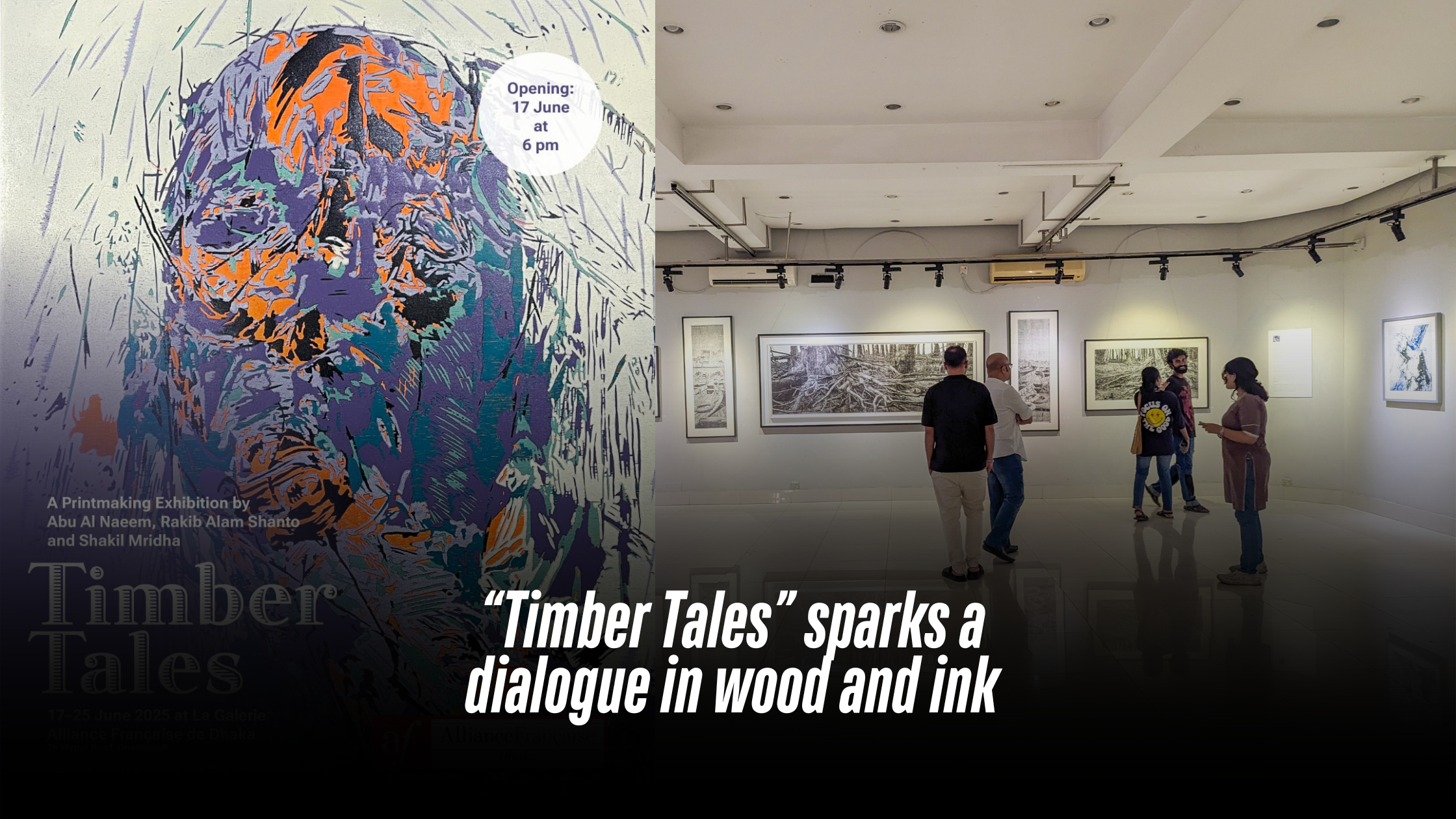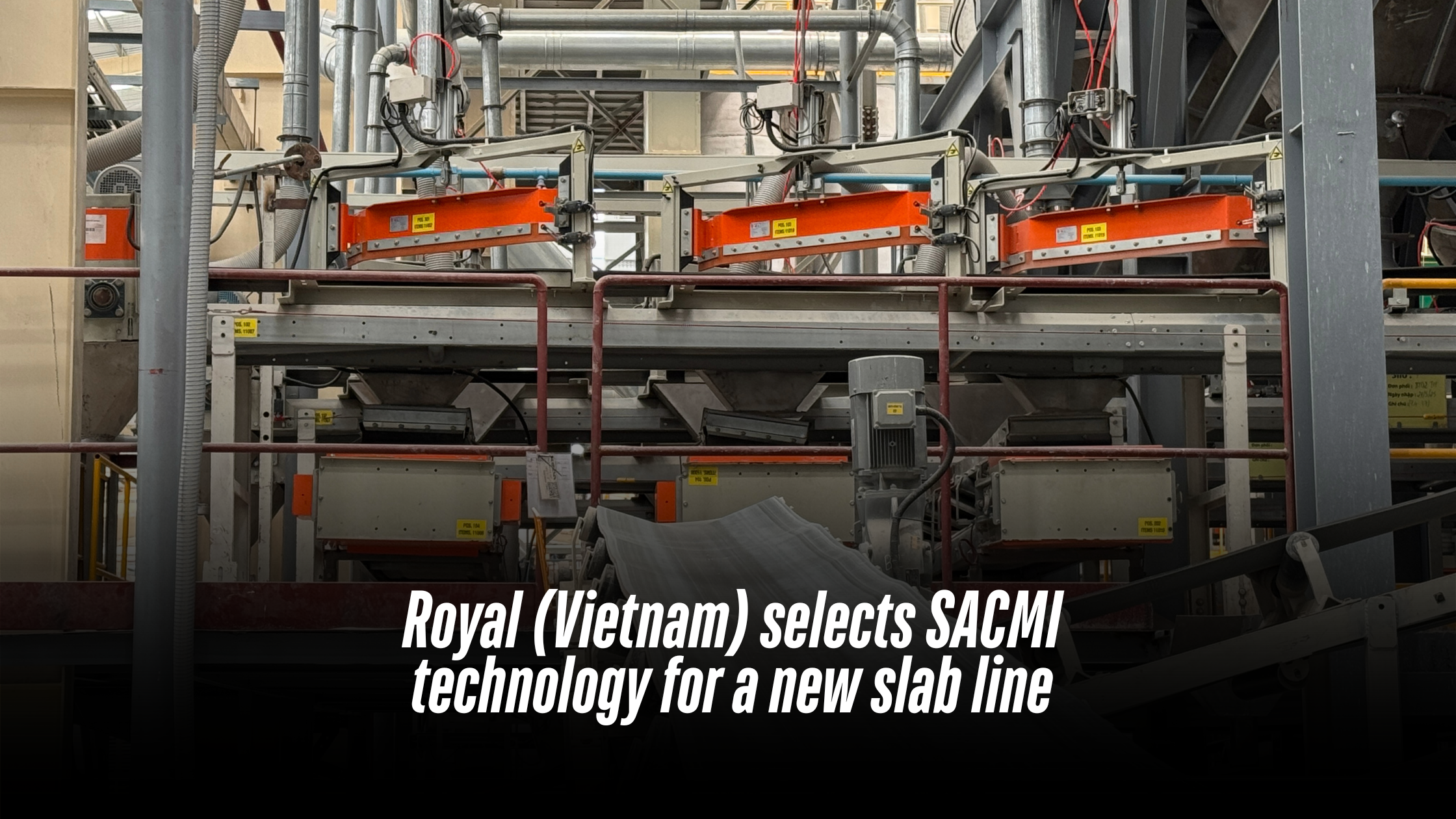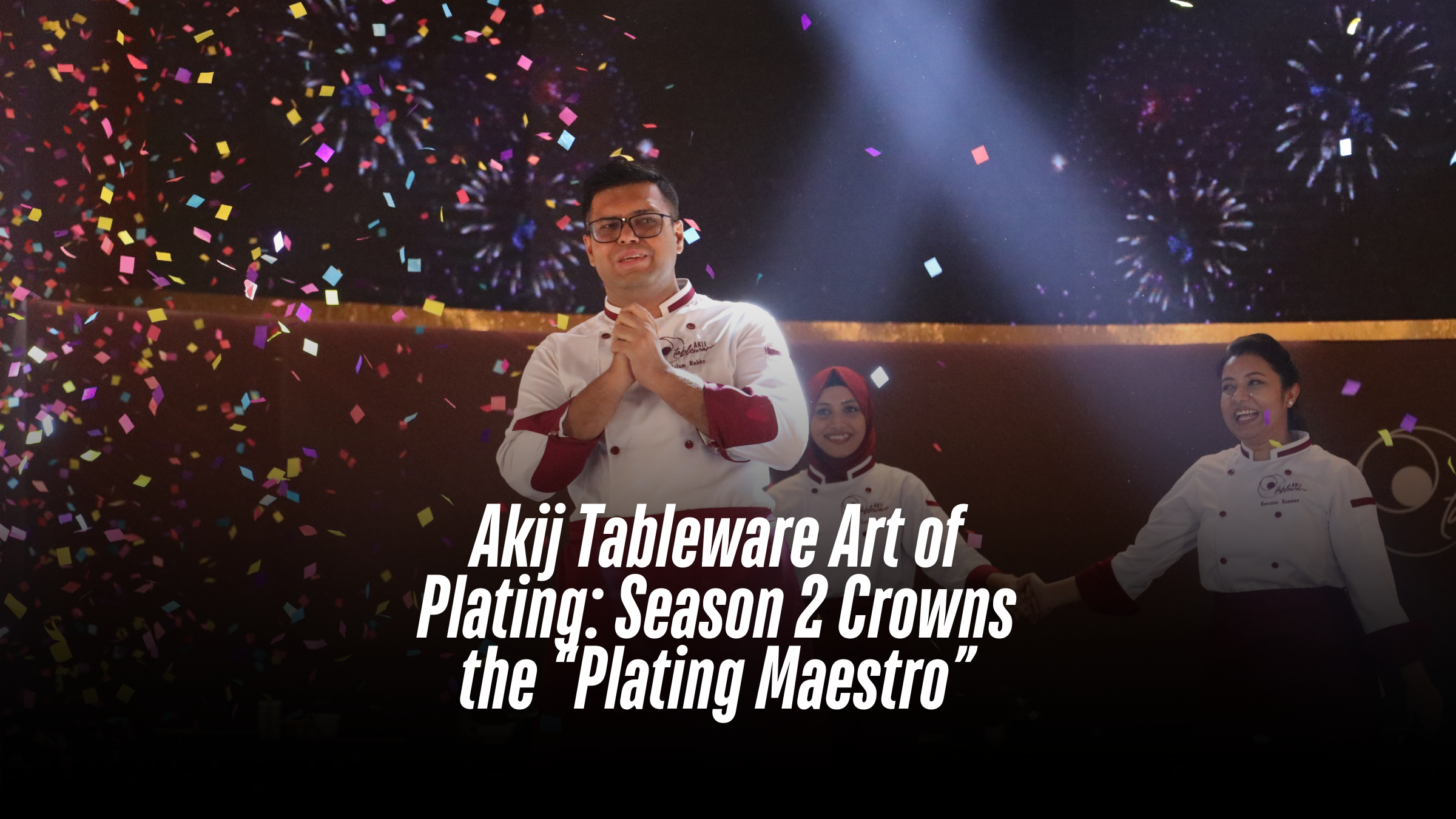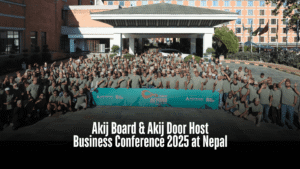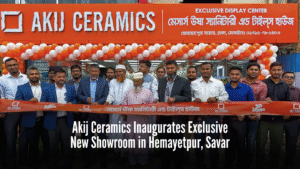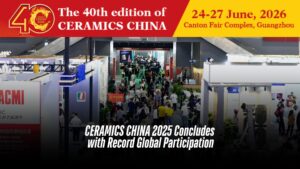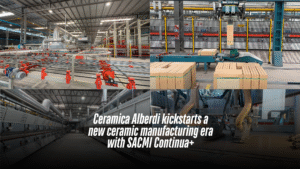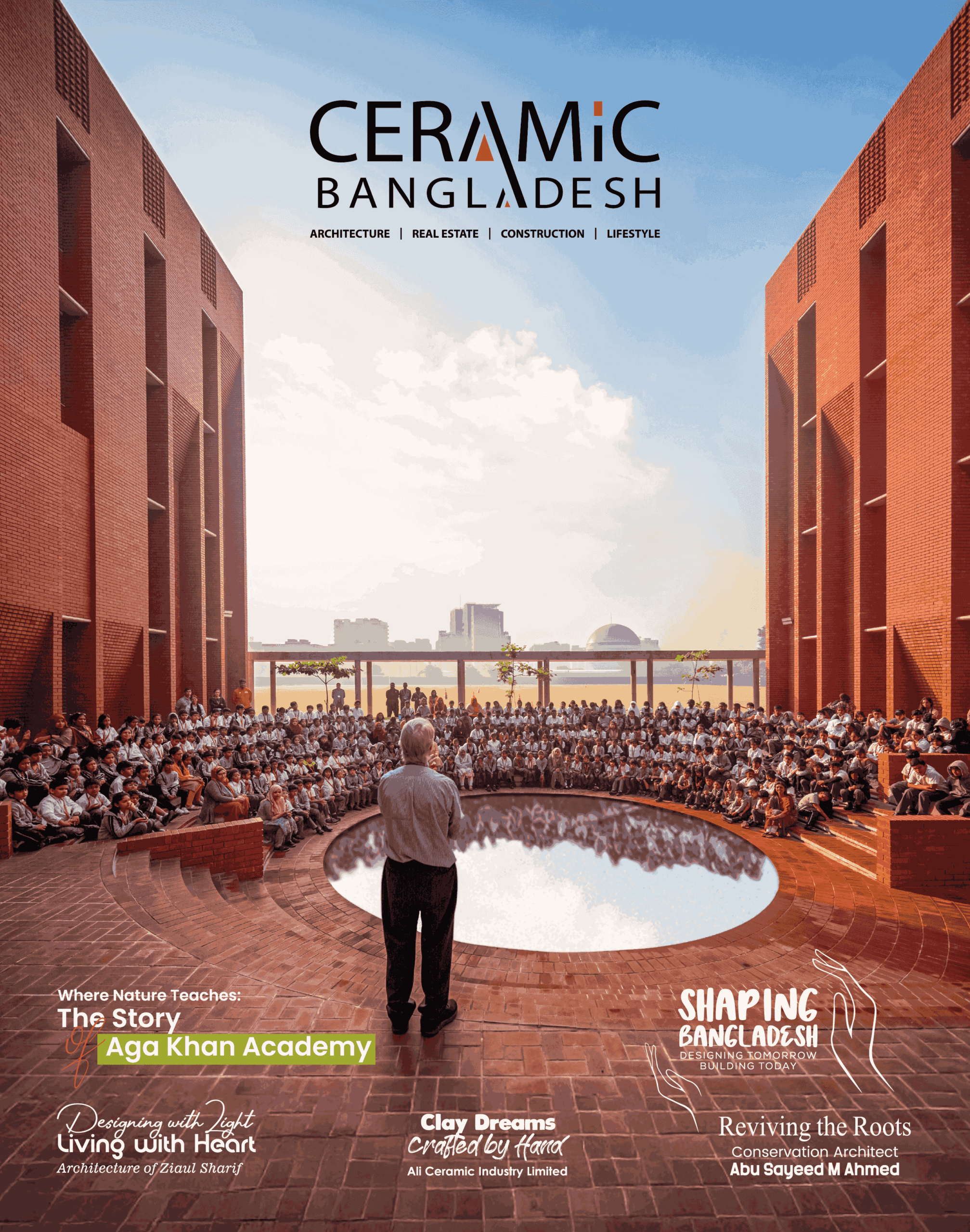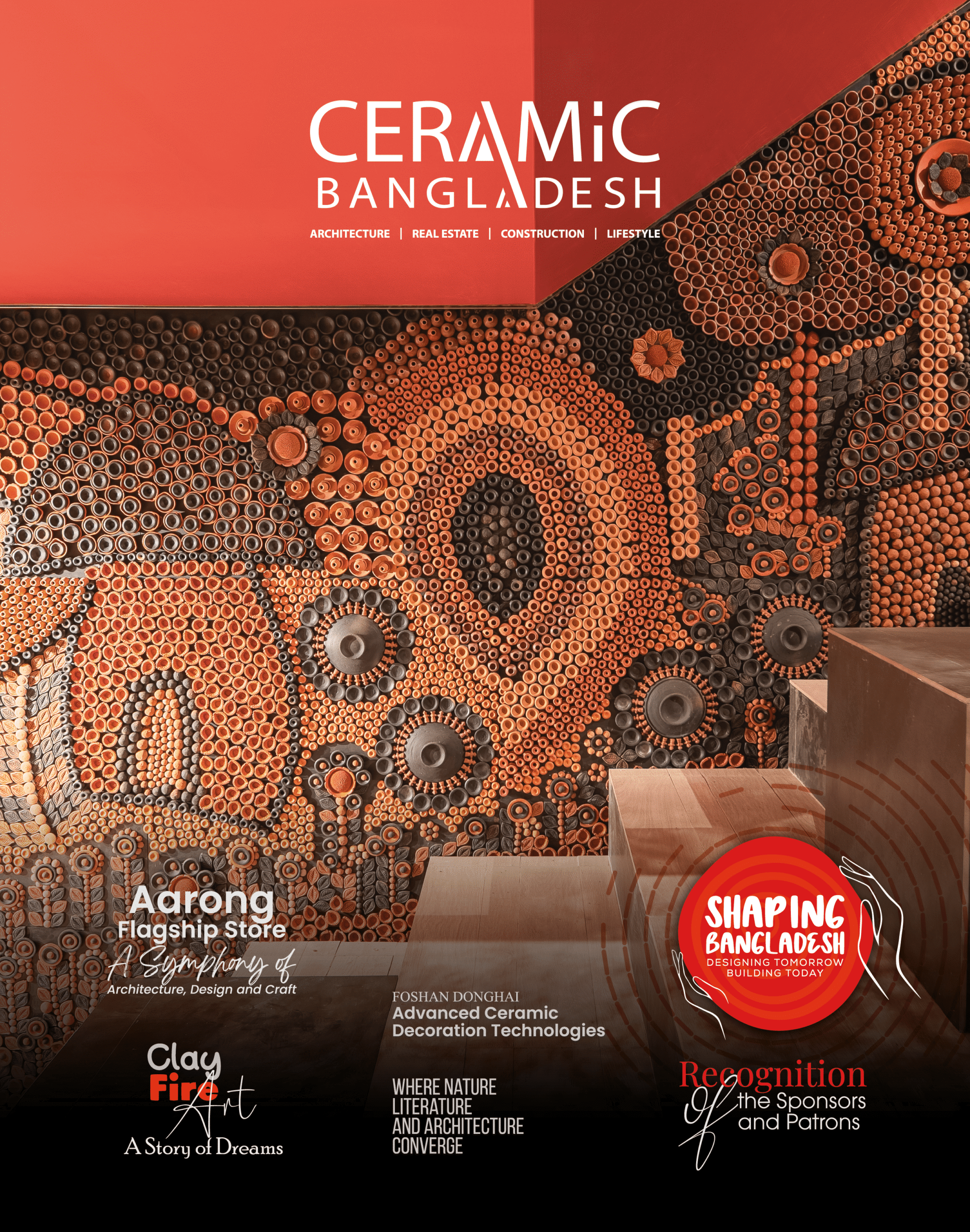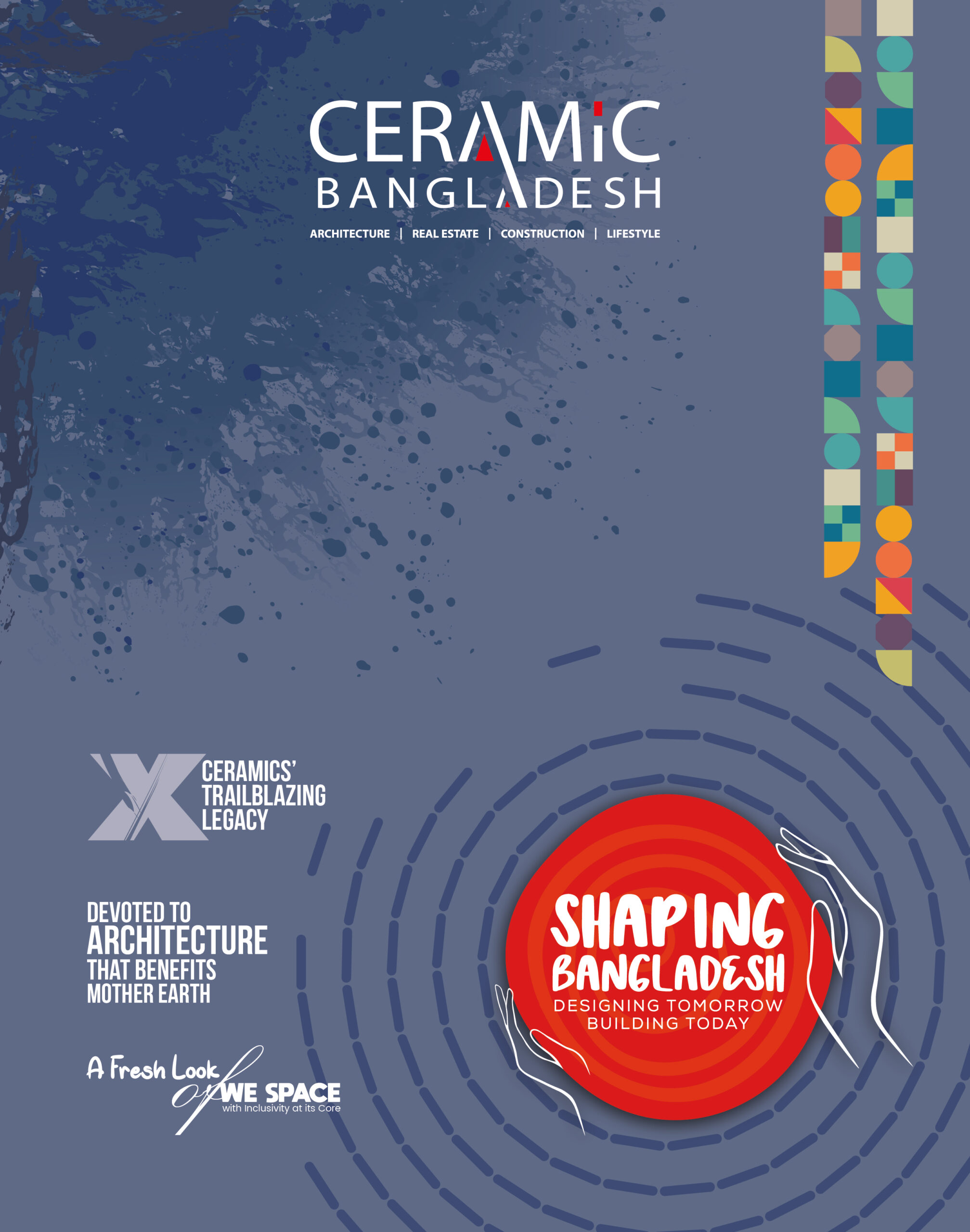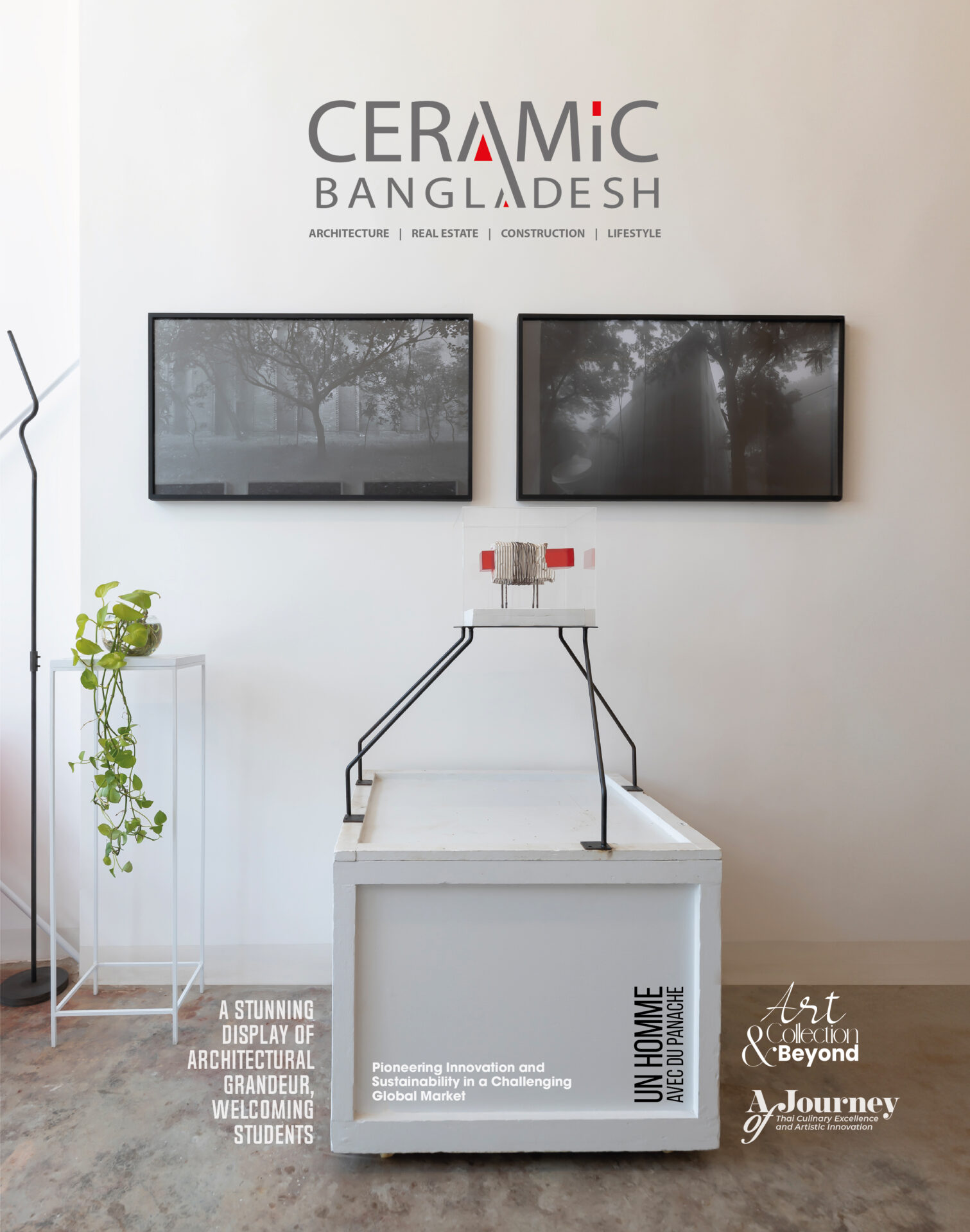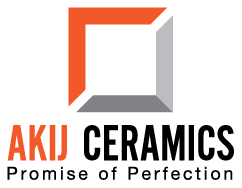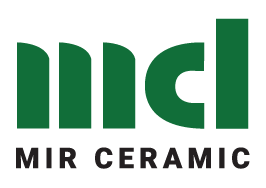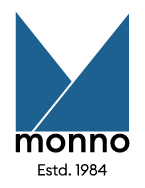
Driving Global Competitiveness and Strategic Growth for the Ceramic Industry: CERAMIC EXPO Bangladesh-2025 Highlights
The third day of the 4th CERAMIC EXPO Bangladesh-2025 was marked by high energy, featuring power-packed seminars focused on the industry’s future. One of the key events was Seminar-2: “Global Market Strategies: Challenges and Opportunities for Ceramic Products.” This session served as a platform for manufacturers, exporters, and suppliers from home and abroad to examine market trends and share key insights regarding the challenges and opportunities for Bangladesh’s ceramic products in global market. Bangladesh’s ceramic sector, a $905 million industry growing around 20% annually since 2001, still faces major hurdles in scaling globally. The session brought together academia,policymakers,and industry leaders,sparking a dynamic discussion on how the sector can overcome obstacles and cement its place on the global stage. Key Insights from Academia The spotlight first fell on Keynote Speaker Dr.Aditi Shams,Associate Professor, Department of International Business (IB), University of Dhaka, who presented a data-filled report that set an intellectually charged tone for the event. Dr.Shams noted that while strong backward linkage makes the sector more competitive by reducing imports and boosting exports, the industry’s major challenge lies beyond external factors. “Sadly,beyond the external challenges, it is our unresolved internal struggles that continue to hold the sector back from reaching its full potential,” she asserted. She highlighted the ongoing gas and energy crisis,coupled with the long, complicated, and exhausting investment paperwork process, as steadily delaying growth and slowing overall progress. With Bangladesh moving beyond LDC status, its exporters may now face new tariffs and lose some of the previous advantages giving the competitors a potential edge. However, the final impact depends heavily on destination market rules, product type, certification, and production/export conditions. Ms.Aditi urged firms to follow the lead of companies like Akij Ceramics and the Abul Khayer Group,which are already investing in advanced technology to create high-end, standout products. She also highlighted the critical need for green certifications, noting that as consumers become increasingly climate-conscious, sustainable practices are no longer optional but essential for entering international markets. Finally,she emphasized the importance of branding Bangladeshi ceramics on the global stage-telling our story through our products. Just as one can distinguish Vietnam’s ceramics from China’s,she said, people should be able to recognize Bangladeshi products at a glance. She addressed how such expo trade fairs can be greatly impactful to increase visibility and exposure to world industry tycoons. Another panellist Dr. Mohammad Monirul Islam, also an Associate Professor from the University of Dhaka’s International Business (IB) department, specifically criticized the country’s unbalanced priorities, arguing that its over-reliance and singular focus on the Ready-Made Garments (RMG)sector have led to the neglect of other booming industries, such as ceramics. Dr.Amnir Ahmed, Associate Professor and Head Department of Real Estate Daffodil International University, focused on the necessity of curriculum reform. He highlighted the success of his institution’s real estate graduates, who are now specialists in their field. Therefore, Bangladesh’s educational curriculums must integrate such effective courses that ensure graduates secure immediate employment while simultaneously providing the country with a much-needed skilled workforce. Dr. Amir Ahmed and Dr. Aditi Shams couldn’t help but address the vital importance of engaging more in research, a deficiency this industry must overcome to fill necessary gaps. Industry and Policy Perspectives: M.Mamunur Rashid of Artisan Ceramics Ltd. gave his thoughtful take on maintaining a well-maintained,clean factory for high-end production and worker efficiency. He said how policymakers play a significant role in facilitating progress from every angle. Special guest Baby Rani Karmakar from the Export Promotion Bureau emphasized the importance of investing in clients, describing it as the “secret sauce” for long-term success in order to build a strong foundation for the industry’s future growth. She mentioned the necessity of a decisive,future-focused approach with clear vision:”We must set our target, where we would like to see us, and take actions likewise.” This strategic planning extends to market engagement, where she insisted on the need to actively “win the buyers” and pursue mutually beneficial partnerships. To effectively brand and exert influence on the global stage, Karmakar argued, “we need to come to that antiquity to tell our stories and attract buyers from the globe,” citing examples such as Rooplal House, the Armenian Church,and the Tara Mosque. The session concluded on a strategic paradox: while Bangladesh’s ceramic sector possesses significant foundational strengths, its long-term viability is critically impeded by deep structural weaknesses.Opportunities could emerge from addressing these very challenges.The sector’s over-reliance on imported raw materials (85-95%) and acute domestic energy and infrastructure deficits render it vulnerable to input cost inflation and order cancellations, despite the potential presented byrapid domestic urbanization and global market expansion. Crucially,the window for growth is constrained by the existential threat of LDC graduation and the subsequent loss of GSP preferential market access, necessitating an urgent strategic shift toward developing backward linkages and resolving energy vulnerabilities before external policy risks fully materialize.



